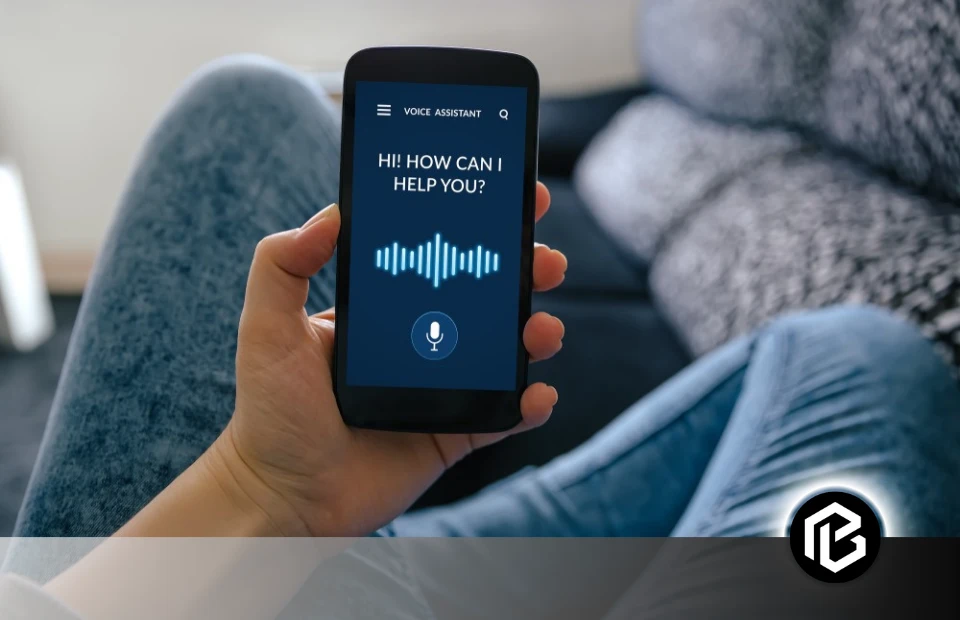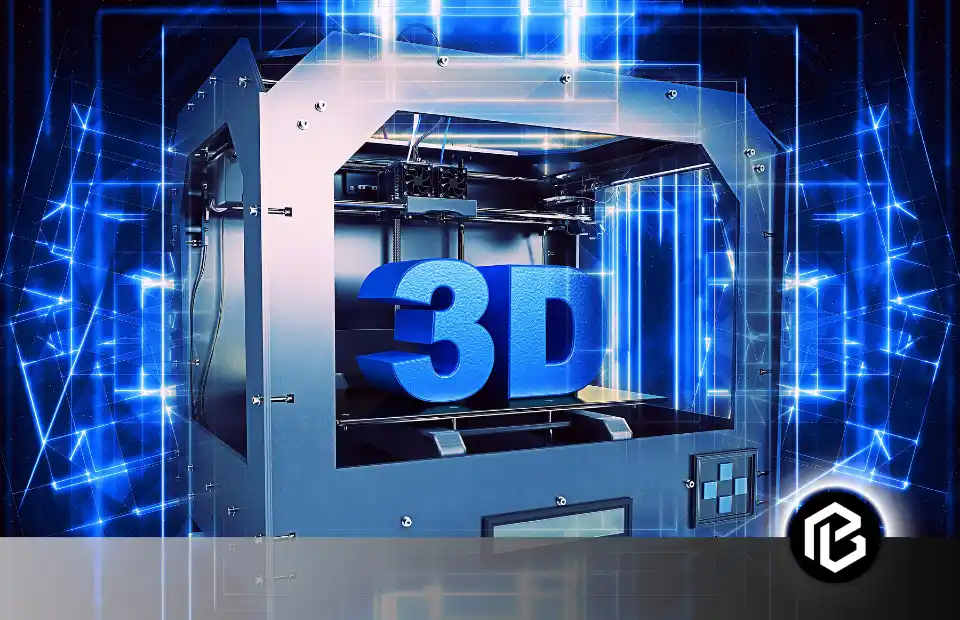In this world of technology, we use many high-tech gadgets and devices to overcome our complexities and do our tasks more efficiently. Advanced technology helps to make our lives better and more conventional. Today, a variety of technologies are available in the market. One of them is assistive technology.
Assistive technology refers to any device, equipment, software, or system that helps individuals with disabilities perform tasks. People with disabilities cannot do their daily tasks without anyone’s help. They may face many problems and have to do a lot. But the bad thing is that they can’t do anything after a great struggle! But no more for now.
What is Assistive Technology? Assistive technology is a term used to describe products or systems that help people with disabilities, limited mobility, or other impairments. A wide range of tools and technologies are introduced to improve the lives of disabled people. These technologies enhance their independence, productivity, and overall well-being.
Assistive Technology

Definition of Assistive Technology
Assistive technology includes all products, equipment, software, or systems that help disabled people to enhance their functional capabilities. It is an incredible invention of the 20th century as it is as simple as a mobility aid or as complex as a sophisticated computer program.
The goal of this technology is to reduce the gap between the abilities and disabilities of individuals. This technology encourages disabled people to participate more fully in various activities and environments.
Importance of Assistive Technology in Improving the Quality of Life for Individuals with Disabilities
Assistive technology is like a golden magic for disabled people as this technology enhances the quality of life for individuals with disabilities. This Technology helps them overcome barriers and challenges they may face in their everyday lives.
This technology provides them full support and assistance in mobility, communication, vision, hearing, and cognition. It enables people with disabilities to lead more independent, inclusive, and fulfilling lives.
Types of Assistive Technology

1. Mobility Aids
Wheelchairs and Scooters: the advanced technology is used in wheelchairs and scooters. These devices allow individuals with limited mobility to move around freely and independently. These devices are controlled remotely.
Canes and Walkers: Advanced canes and walkers are made with more light material and help people balance and stability. They help people navigate their surroundings safely as some advanced sensors and arms are used.
2. Communication Aids
Augmentative and Alternative Communication (AAC) Devices: AAC devices help in communication. These devices also help people with speech impairments to communicate effectively using symbols, pictures, or text-to-speech technology.
Speech Generating Devices: These advanced devices are made to make people with severe speech impairments, allowing them to generate speech by selecting words or phrases using touchscreens or switches.
3. Vision Aids
Screen Readers and Magnifiers: Screen readers convert text on a computer screen into synthesized speech, while magnifiers enlarge text and images for individuals with visual deficiencies. In this way, they quickly see and understand and read the messages.
Braille Displays and Embossers: Braille displays and embossers transform digital content into Braille, making it accessible to individuals who are blind or have low vision. This is the best device for blind people to read.
4. Hearing Aids and Cochlear Implants
Advanced hearing aid devices amplify sound for those who have hearing loss. At the same time, cochlear implants directly stimulate the auditory nerve, providing a sense of sound for those with profound hearing loss.
5. Cognitive Aids
Memory Aids and Organizers: These aids help people who feel difficulty in cognitive ability to manage their daily routines, tasks, and reminders.
Adaptive Software and Apps: Adaptive software and apps also assist people with cognitive disabilities in reading, writing, memory, and organization.
How Assistive Technology Works?

Customization and Personalization
Assessing Individual Needs and Preferences: We know the individual’s needs and abilities before choosing and implementing technology solutions. After this, we must choose the right one for them according to their needs.
Customize Assistive Technology Solutions: This technology is customized based on the specific requirements of each person, accounting for their unique abilities, preferences, and goals.
Integration with Existing Technologies
Compatibility with Computers, Smartphones, and other Digital Devices: Assistive technology is designed to integrate with mainstream technologies easily. With this, assistive technology enables individuals to leverage the full functionalities of various devices.
Interfacing with Mainstream Software and Applications: Assistive technology interfaces with different software and applications. This ensures compatibility and accessibility for individuals with disabilities.
Benefits of Assistive Technology

1. Increased Independence and Autonomy
Enhancing Mobility and Accessibility: Assistive technology helps improve mobility and accessibility. Assistive technology allows disabled people to navigate their environments and independently perform day-to-day activities.
Promoting Self-Expression and Communication: Assistive technology encourages and engages individuals to express themselves and communicate effectively. It also helps them to overcome barriers imposed by speech or language impairments.
2. Improved Educational Opportunities
Facilitating Learning and Participation in Academic Settings: The most helpful method to use this technology is to educate disabled students who face complexities in learning. They want to learn, but they can’t do so! Assistive technology provides students with disabilities equal access to educational opportunities, enabling active engagement and participation in the learning process.
Providing Equal Access to Educational Materials: Assistive technology ensures that educational materials are accessible to all students. All students have equal access according to their disabilities. It enhances inclusivity and equity in education.
3. Enhanced Employment Prospects
Assistive technology plans the path for disabled persons to do jobs. It breaks down the barriers that disabled people may face when seeking employment or when they want advice in their careers.
Enabling Individuals with Disabilities to Contribute to the Workforce: With the help of assistive technology, disabled people enhance their skills and talents in the workforce. Which enhances diversity and inclusion in the workplace.
Challenges and Considerations

Cost and Affordability
Financing options for assistive technology: The cost of technology can be higher. It is essential to give financing options such as insurance coverage, government funding programs, grants, and low-interest loans to make this technology more affordable and accessible to those who need it.
Availability of insurance coverage or funding programs: Some insurance plans may cover the cost of certain types of assistive technology. Additionally, governments and organizations often provide funding programs to support the purchase of assistive devices.
Accessibility and Usability Issues
Ensuring compatibility with different users and environments: This technology should be accessible and usable by individuals with other disabilities and in various settings.
Addressing limitations and barriers to technology adoption: Some people may face challenges in adopting and using assistive technology. These barriers could include needing more technical skills, fear of technology, or limited access to training and support.
Developers and providers must address these limitations through user-friendly interfaces, comprehensive training programs, and ongoing technical support.
Training and Support
Providing comprehensive training and ongoing assistance to users: Effective training is essential to ensure that individuals with disabilities can use technology more efficiently. Training programs should be according to each person’s specific needs and abilities, providing hands-on guidance and support.
Collaborating with healthcare professionals and assistive technology specialists: Healthcare professionals and assistive technology specialists play a crucial role in evaluating, recommending, and supporting the use of technology. Collaboration between these professionals and users ensures the right technology is chosen.
Future Trends and Innovations

Advancements In Wearable Assistive Technology
Smartwatches and fitness trackers with built-in accessibility features: Wearable gadgets, such as smartwatches and fitness trackers, are increasingly in demand with accessibility features to assist individuals with disabilities. These features may include voice control, vibration alerts, and customizable settings.
Biometric sensors for health monitoring and safety applications: Wearable devices with biometric sensors are the remarkable invention of this century. They can provide real-time health monitoring for individuals with disabilities.
Artificial Intelligence And Machine Learning In Assistive Technology
Intelligent personal assistants for individuals with disabilities: Artificial intelligence (AI) and machine learning algorithms can power intelligent personal assistants that can understand and respond to disabled people according to their needs. These assistants can provide support in communication, task management, and accessibility.
Predictive and adaptive technologies for improved user experience: AI and machine learning can enable assistive technology to adapt and respond to user needs. From predictive text suggestions to adaptive interfaces, these technologies can enhance the user experience.
Conclusion
Assistive technology is used to help disabled people do their tasks more efficiently and quickly. This technology allows us to create a more inclusive and equitable society by encouraging disabled people.
Assistive technology promotes equal access and opportunities. It is essential to recognize its transformative power and work towards creating a world where everyone can fully participate and make progress in life!
Frequently Asked Questions on Assistive Technology
What are the main goals of assistive technology?
The main goals of assistive technology are to enhance accessibility, promote inclusion, and enable individuals with disabilities to participate more fully in daily activities, education, employment, and social interactions.
What types of disabilities can assistive technology address?
Assistive technology can address a wide range of disabilities, including physical disabilities, sensory impairments (such as visual or hearing impairments), cognitive disabilities, and developmental disabilities.
Who can benefit from assistive technology?
Anyone with a disability or limitation that affects their ability to perform daily activities can benefit from assistive technology. This includes individuals with physical disabilities, sensory impairments, cognitive disabilities, learning disabilities, and aging-related limitations.





